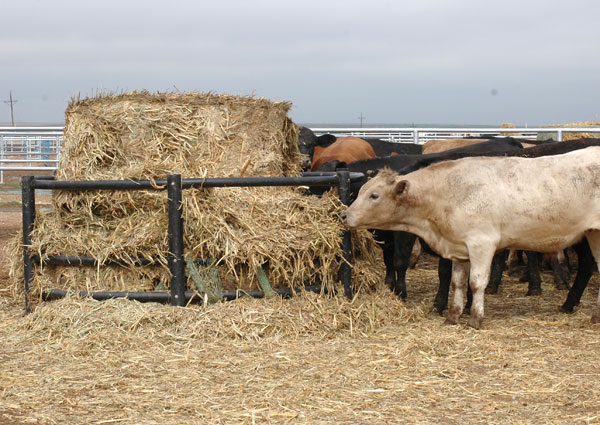"The current cattle market conditions open up more stocker production possibilities in terms of a wider range of beginning weights and heavier ending weights." - Derrell Peel, Oklahoma State University
September 10, 2012

Recent rains across wide swaths of wheat pasture country have folks licking their chops over the possibilities. But Derrell Peel, Oklahoma State University Extension livestock marketing specialist, explained recently that producers may need to consider a slightly different approach this fall in light of market dynamics.
“The prospect of winter grazing will likely increase demand for lightweight stockers with prices remaining strong or going higher,” Peel says in his recent market comments. “At the same time, high feedlot cost of gain and the likelihood of continued cattle feeding losses mean that upward price potential for middle- and heavyweight feeders is limited. It’s possible that feedlot cost of gain could get high enough to cause feeder prices to invert with the lowest prices likely for middleweight feeders (roughly 600 lbs.), and higher prices for lightweight and heavyweight feeders.
“The current cattle market conditions open up more stocker production possibilities in terms of a wider range of beginning weights and heavier ending weights. It is important for stocker producers to explore an expanded array of stocker production possibilities in light of these very dynamic market conditions,” he says.
For instance, Peel notes that the feeder price pattern has again developed the increasingly familiar bent shape reflecting sharp price decreases from calves to middleweight feeders, then small price decreases from middleweights to heavy feeders.
“If the current price patterns persist, the traditional four-weight steer has a very low value of gain for the first 200 lbs. of gain that is only partially overcome if the animal is grown to heavy feeder weight,” Peel says. “By contrast, a heavier beginning weight of 575-625 lbs. has a value of gain well over $1/lb. from the beginning of stocker production. With typical winter gains, these animals will be marketed from 800-850 lbs. in the spring.”
Likewise, Andrew Griffith, University of Tennessee agricultural economist, pointed out in his weekly Livestock Comments last Friday that “…the larger increase in lightweight feeder cattle prices relative to heavier feeder cattle has caused a larger spread that narrows the profit margin when feeding lightweights to heavier animals. There may be an opportunity to purchase middleweight feeder cattle and market them heavier than normal and not be squeezed by the price slide.”
About the Author(s)
You May Also Like





